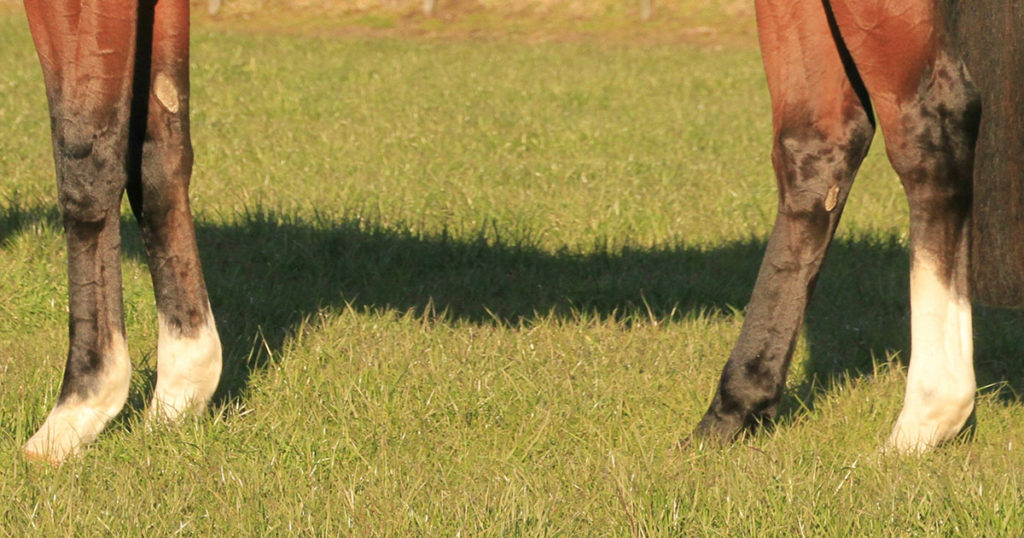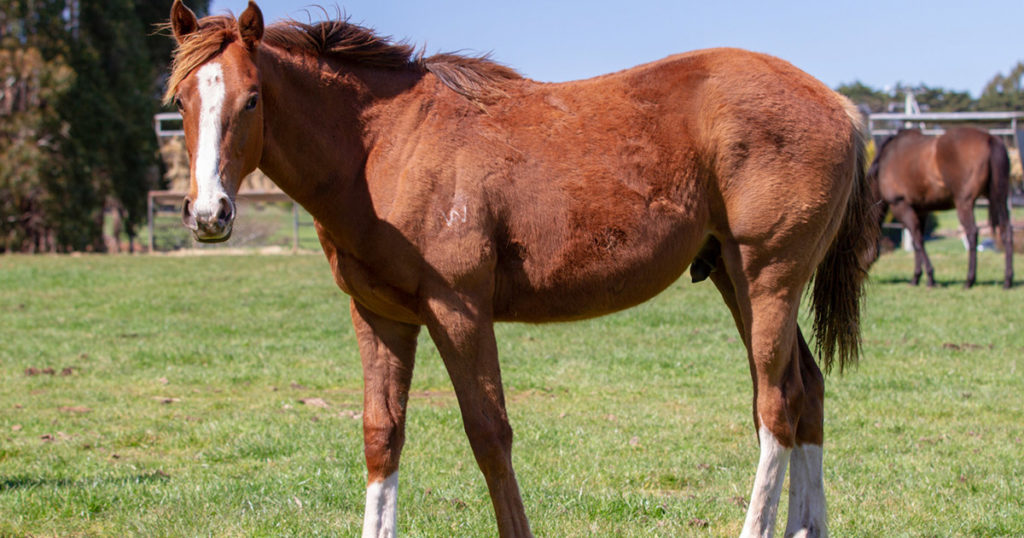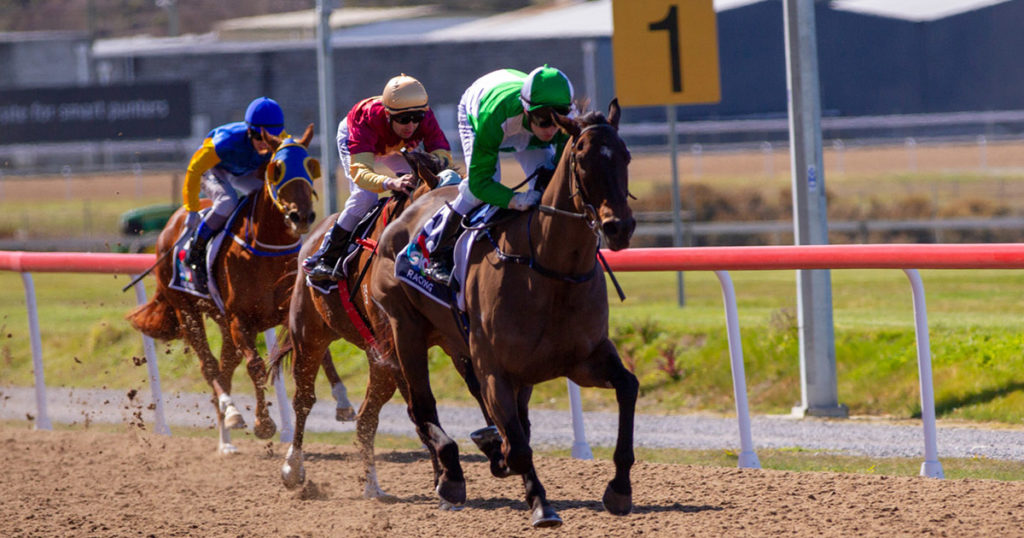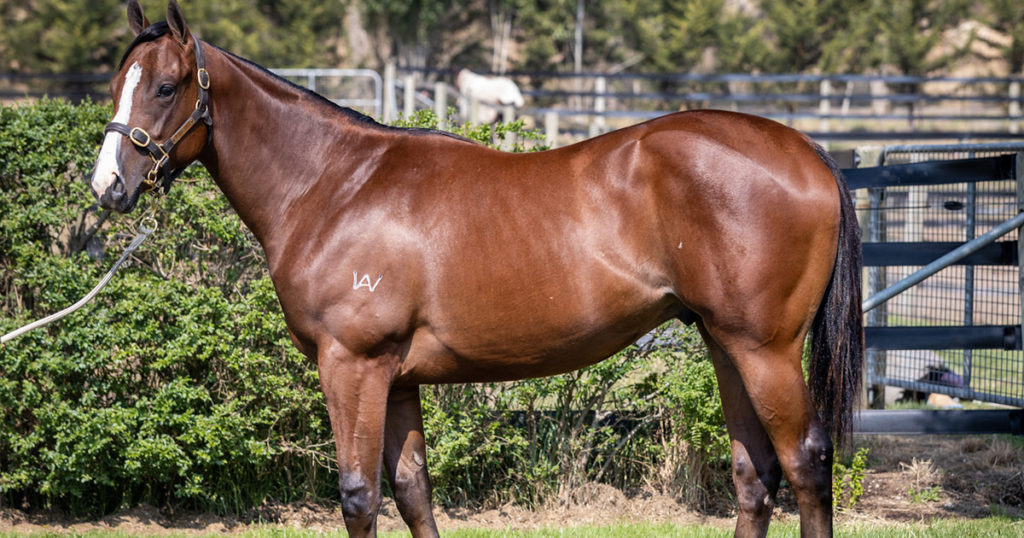Osteochondrosis (OC) and osteochondritis dissecans (OCD) are two of the most common juvenile osteochondral conditions (JOCC).
OC is a disease that causes lesions in the cartilage and bone of growing horses’ joints. It is a result of cartilage failing to properly turn into bone. OCD occurs as a progression of the OC: resulting in the formation of a cartilage flap or osteochondral fragment.
Like many health conditions, there are numerous potential causes and contributing factors to the development of both OC and OCD. One such factor which has been identified to increase the risk of developing osteochondral lesions is restricted turnout of foals. Research has demonstrated that foals (particularly those younger than two months) who are able to exercise freely in a moderate-sized paddock, have a much lower risk of developing osteochondral lesions when compared to foals that are stabled.
An ounce of prevention is worth a pound of cure. Sound management and feeding practices can save a lot of time, heartache, and expense. Getting back to the basics and not overly ‘protecting’ our horses can go a long way to ensuring we have the happiest, healthiest athletes.
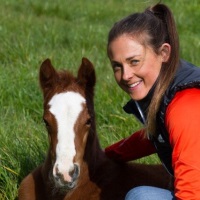
Camilla Whishaw is a highly regarded, experienced horsewoman and naturopath, helping to holistically treat and manage a broad range of equine health conditions and injuries, with a passion for mare and stallion fertility.
As a world-renowned practitioner, presenter, author, and consultant in the field of Equine Naturopathy, Camilla shares her knowledge through keynote presentations, interviews, lectures, panel sessions, and workshop training.

